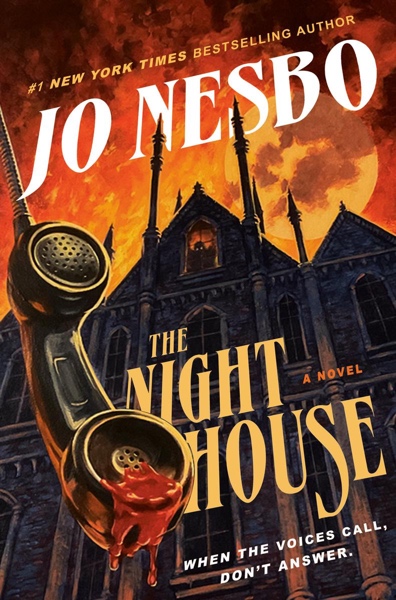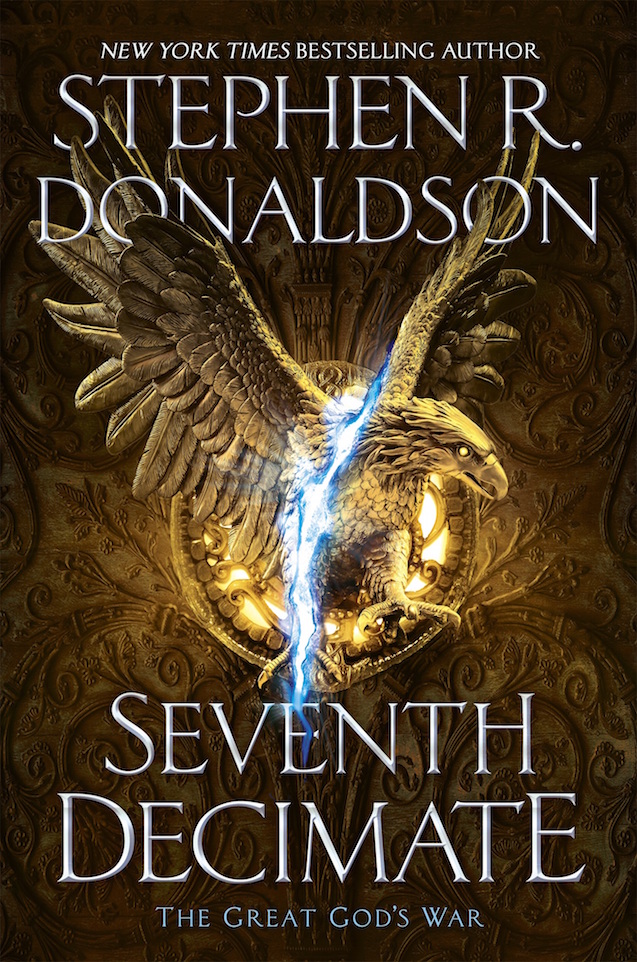Book Review: Reykjavík: A Crime Story by Ragnar Jónasson & Katrín Jakobsdóttir
What level of class privilege is necessary for a celebrated lawyer and his wife to allow a young teen to allegedly leave their home without ensuring the child was safely returned home? And this was in 1956, when even having a 15-year-old from a middle-class family employed far from home was, at least in the US, almost unheard-of.
That’s the basis for Reykjavik, a mystery set in Iceland in the mid-1980s, and for mystery lovers bored with the repetitious kind of narrative and characters that tend to be standard fare, it’s a definite candidate for the TBR pile.
One of the pleasures of reading mysteries set in the past is watching detectives using their brains to track evidence and deal with suspects instead of a battery of technological bells and whistles. It’s also the reason why cases more easily went cold, especially if direct effort was employed to ensure that happened. In this case, however, the solution to who killed Lara is obtained using completely non-tech methods.
In brief, 30 years after the fact young journalist Valur Robertsson takes on an investigative project to determine whether he can solve the disappearance of Lara Marteinsdottir, who went to work on Videy, an island off the coast from the city of Reykjavik, and never came home. He begins to unravel secrets those keeping them want to remain hidden. Then, a mysterious phone call opens a crack in the wall of silence—and Valur, too, is murdered.
The cold case might have gone back into the freezer at that point, but the murderer didn’t count on Valur’s sister Sunna, who decides she needs to complete her brother’s investigation.
To some degree, this book might be considered a cozy mystery, given the sleuth isn’t a detective but a university student whose beloved brother is murdered when it seems he’s getting too close to the truth. However, the style is much more interesting than the all-too-often cookie-cutter format of cozy mysteries. It’s a story about finding the culprit, but it’s also about how the process of doing so affects those most closely involved in doing it, and the personal changes they experience.
In US mysteries, most of the focus is on a handful of characters as the sleuth and/or detective goes about solving the crime. Here, we meet one after another of not just potential suspects or witnesses but groups of married couples, business partners and similar social clusters, and are invited to meet them, to form a relationship. We learn some of their darkest secrets, so they’re never just sketches to keep us anchored to the plot—passers-by on the way to the Big Reveal.
There’s also a level of intimacy missing from much genre fiction, in that Icelandic naming conventions lead to everyone referring to others using their Christian names. Even so, the division between the wealthy and powerful and the rest of the population lurks beneath the surface.
What’s fascinating about this novel is that all the clues are made available, and one might even begin to feel slightly suspicious, but when the murderer is finally revealed it still comes as a surprise. Perhaps that because the alternative suspects are all such arrogant members of the Upper Crust one’s prejudices there’s a lower-class urge to really want one of them to be guilty. And one of them is, of course, but you’ll have to read the book to find out which.
Reykjavík: A Crime Story by Ragnar Jónasson & Katrín Jakobsdóttir, translated by Victoria Cribb; Minotaur Books; ISBN: 9781250907332, 355 pp.








 I have a sort of love/hate relationship with Mr. Donaldson. I read the first Thomas Covenant books, and they grew on me; I still have to investigate the follow-up, but given my current TBR pile is such I’ll be reading twenty years after I’m dead, that may take a while. Then he did an SF series, that totally turned me off for reasons I won’t go into.
I have a sort of love/hate relationship with Mr. Donaldson. I read the first Thomas Covenant books, and they grew on me; I still have to investigate the follow-up, but given my current TBR pile is such I’ll be reading twenty years after I’m dead, that may take a while. Then he did an SF series, that totally turned me off for reasons I won’t go into.
